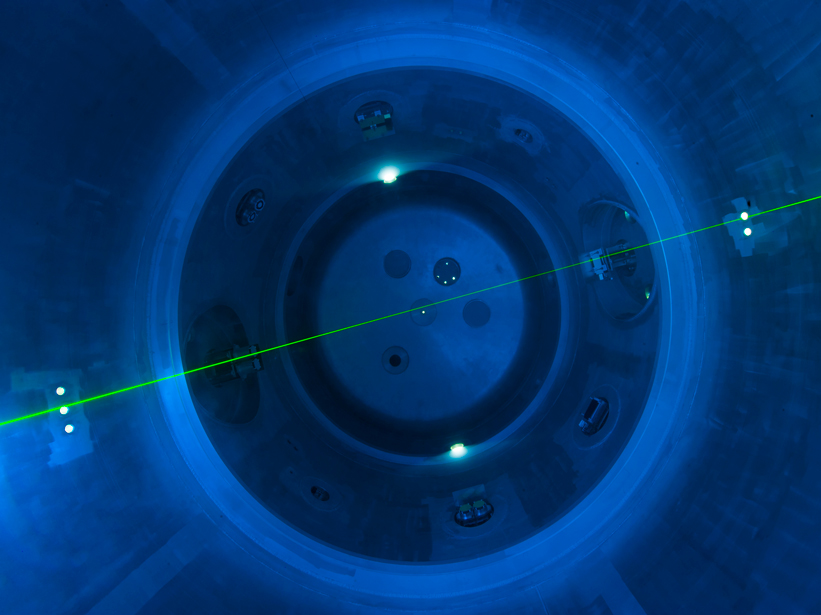At midlatitudes and high latitudes, droplets of water vapor condense and coalesce around a particle, such as bacteria, dust, salt, or other atmospheric aerosols. If these frozen droplets grow large and heavy enough, they fall to the surface as precipitation. If not, they can remain aloft as clouds.
Under most circumstances, these atmospheric aerosols can only become viable cloud condensation nuclei above a certain altitude. For water vapor to freeze to a nucleus and start the raindrop formation process, the temperature needs to be below a specific temperature—around 264 kelvins.
In some cases, nuclei can initiate raindrop formation even at temperatures above this marker if they have been “preactivated.” Nuclei are preactived if they have previously acted as a condensation nuclei or if they have recently been cooled to below 235 kelvins. This preactivation, researchers think, makes the nucleus more amenable to water vapor condensation.
Through a series of cloud chamber experiments, Wagner et al. outline a third potential preactivation mechanism. This mechanism applies to organic and inorganic aqueous solutions, a range of atmospheric constituents that have only recently come under investigation for their role as cloud condensation nuclei.
The authors found that when aqueous solutions of ammonium sulfate, oxalic acid, and succinic acid are cooled below 235 kelvins, they form crystalline aerosols interspersed with pockets of water ice. Introducing these preactivated aerosols to a warmer environment triggers cloud nucleation, with water condensing to the warming ice pockets. This precooling allows aerosols to act as nuclei even at temperatures above that at which it would normally be possible.
Although one of the previously known preactivation mechanisms also involves precooling, that mechanism revolves around deposits of ice on the nucleus’ surfaces, whereas this one deals with ice inclusions. (Journal of Geophysical Research: Atmospheres, doi:10.1002/2014JD021741, 2014)
—Colin Schultz, Freelance Writer
Citation: Schultz, C. (2015), Precooled aerosols are better raindrop nuclei, Eos, 96, doi:10.1029/2015EO025735. Published on 6 March 2015.
Text © 2015. The authors. CC BY-NC 3.0
Except where otherwise noted, images are subject to copyright. Any reuse without express permission from the copyright owner is prohibited.

